Discover the amazing realm of poisonous snakes with this compilation of “23 Facts About Snakes.”
These fascinating facts will reveal the varied skills and fascinating behaviours of some of North America’s most formidable reptiles.
These insights will enhance your respect for these somewhat misunderstood critters, regardless of your level of experience as a herpetologist or your general curiosity about nature.
1. A Rattle for Warning

Western Diamondback Rattlesnake. Image via Holger Krisp, CC BY 3.0 https://creativecommons.org/licenses/by/3.0, via Wikimedia Commons
The rattlesnake’s tail can produce a buzzing sound heard up to 60 feet away to warn potential threats.
2. Fast-Acting Venom
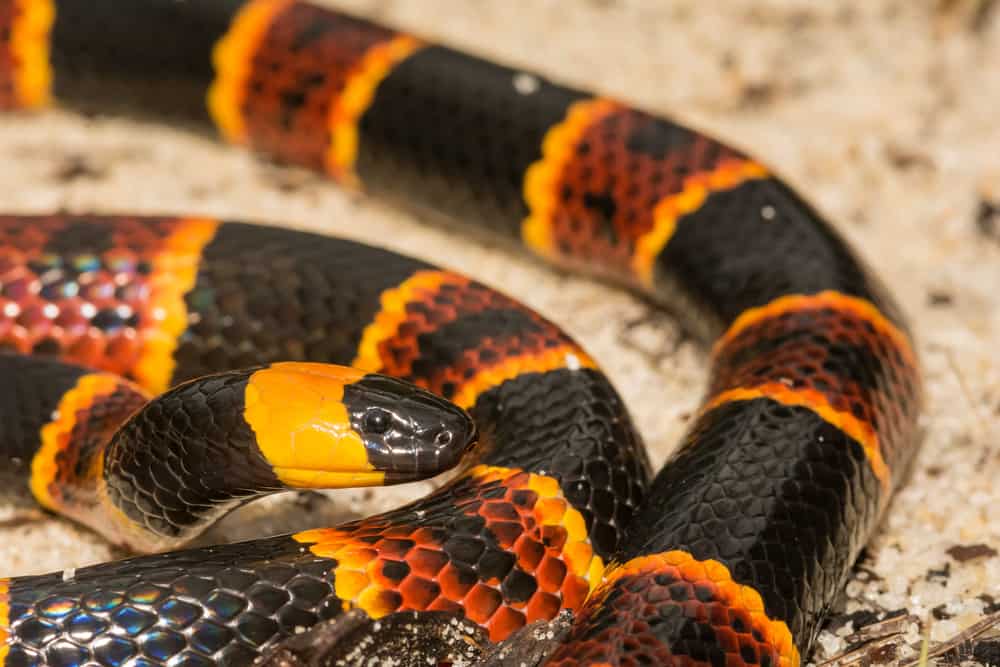
Eastern Coral Snake. Image by Ondreicka1010 via depositphotos
The coral snake’s venom is neurotoxic, affecting the nervous system almost immediately after a bite.
3. Night Hunters
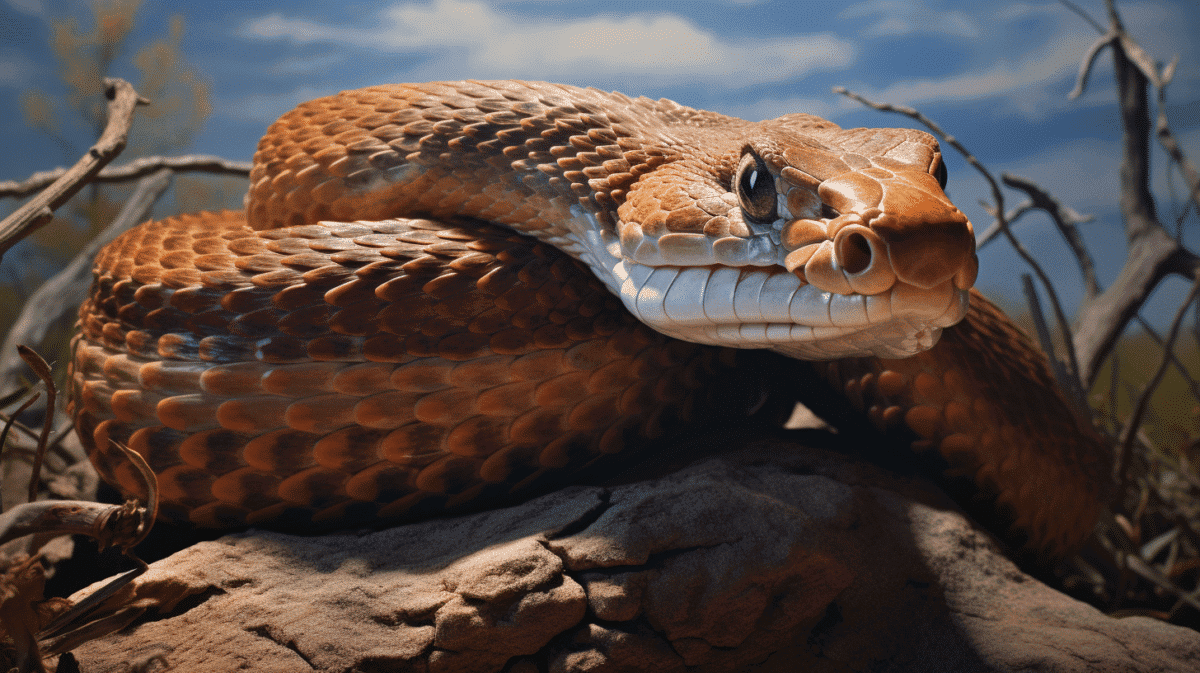
Copperhead Snake coiled up on the ground.
Image generated by Amy King using Midjourney
Copperheads use their heat-sensing pits to track warm-blooded prey in the dark.
4. Swimming Serpents
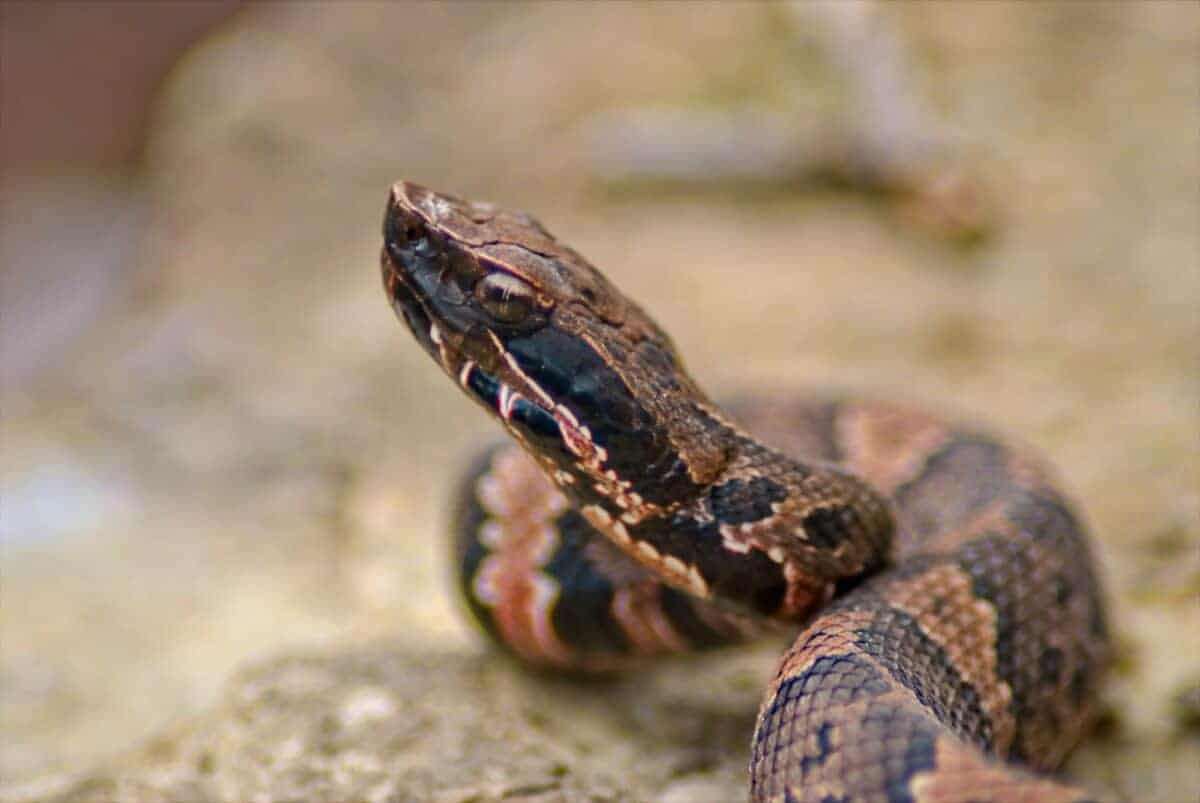
A closeup of a juvinal cottonmouth poses for pictures on a large rock, and keeps a wary eye on his surroundings. Image via Depositphotos
Cottonmouths, also known as water moccasins, are excellent swimmers and can be found in bodies of freshwater across the Southeast.
5. Strike Distance
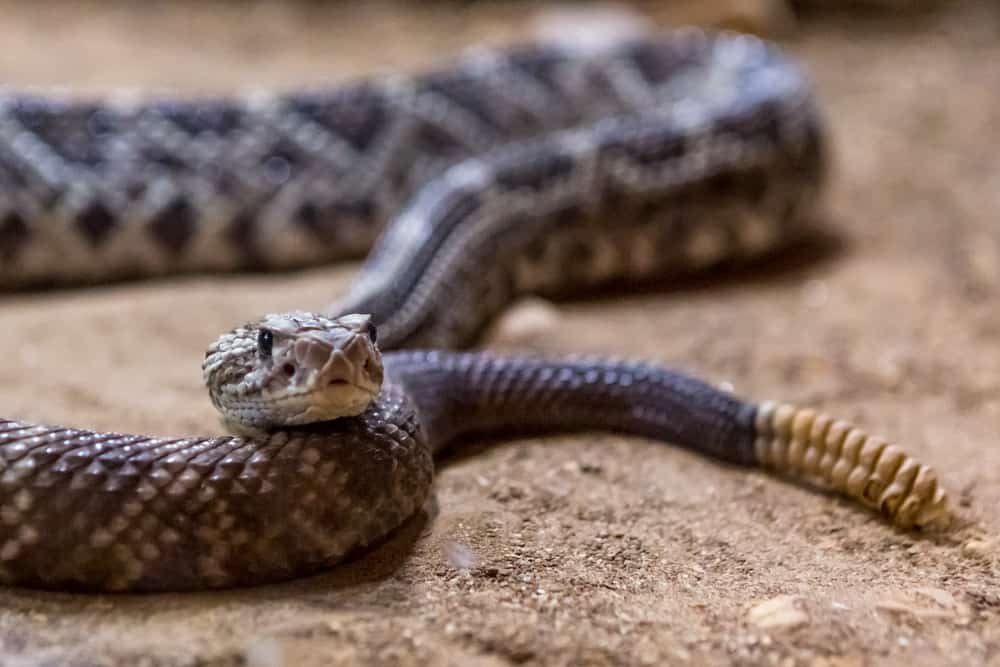
Rattlesnake, Crotalus atrox. Western Diamondback. Dangerous snake. Image via Depositphotos
The black diamond rattlesnake can strike at a distance of up to two-thirds of its body length.
6. Venom Composition
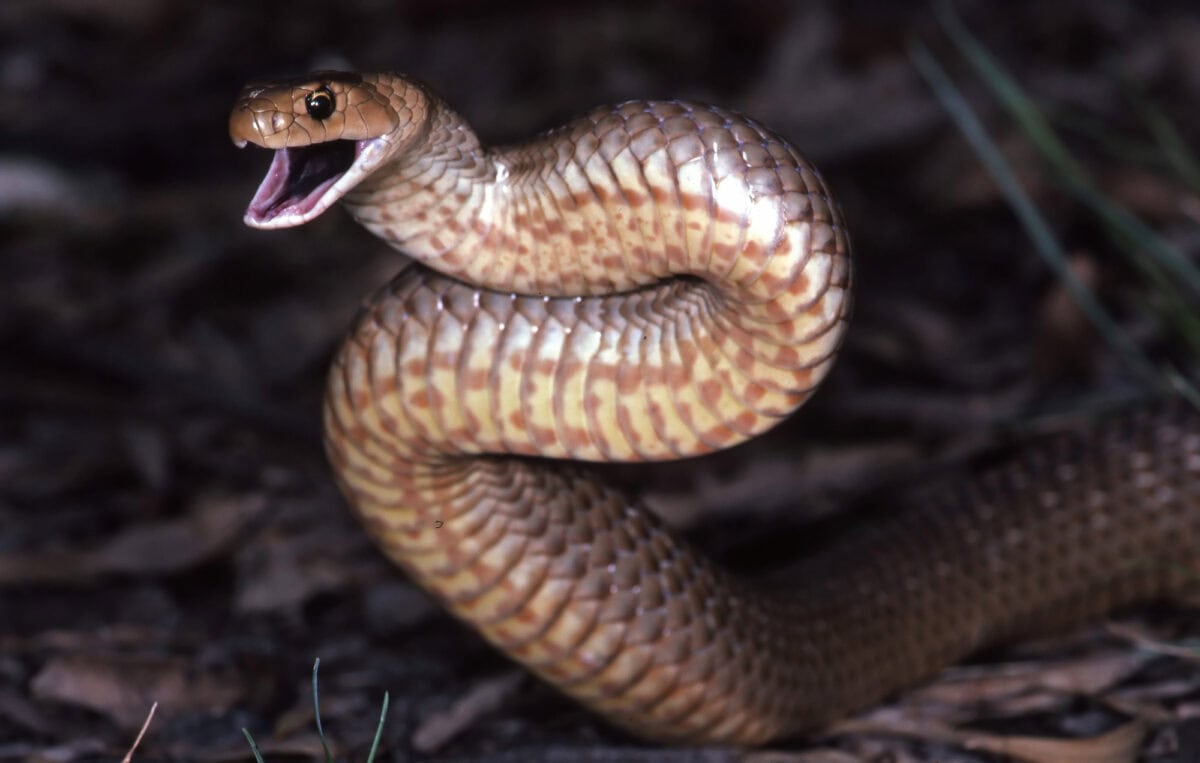
Eastern brown snake – of the family Elapidae. Image via Depositphotos
Each venomous snake in the U.S. has a unique venom composition, which can vary even within the same species based on geographic location.
7. Color Variation
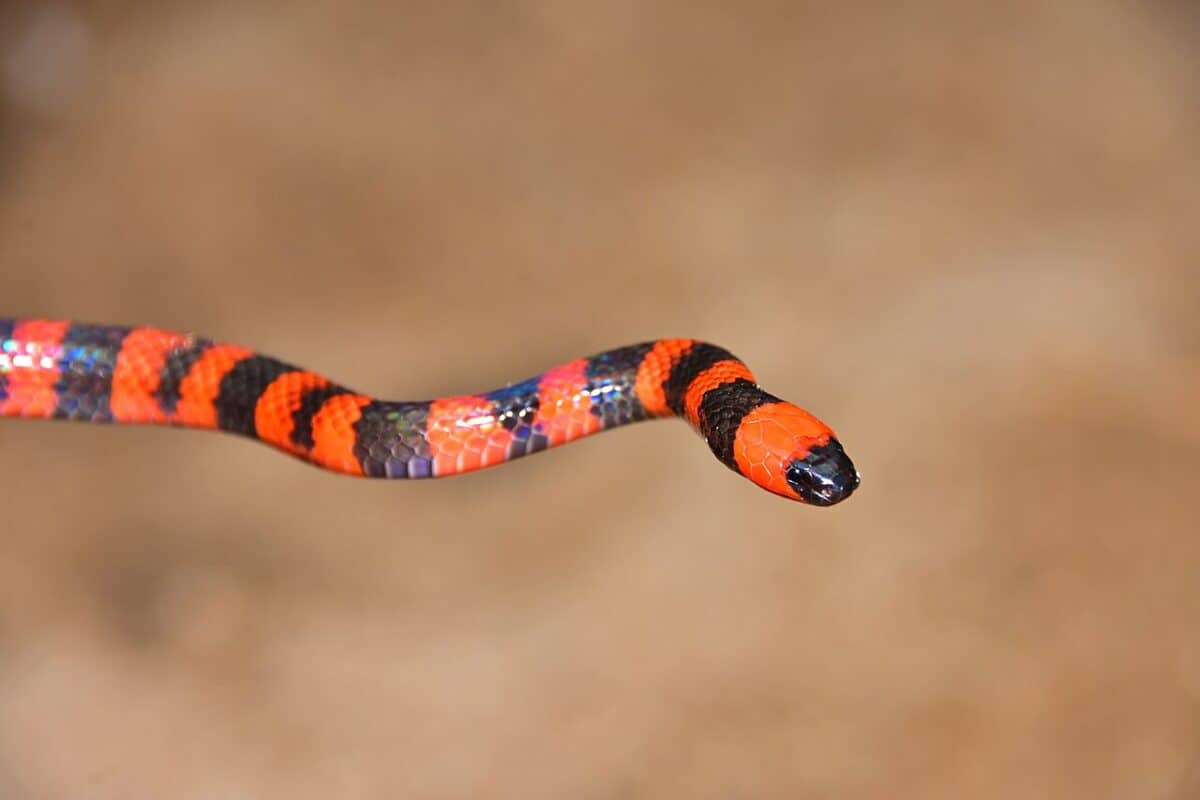
Roatan Coral Snake. Image via JoelAmaya, CC BY-SA 4.0 https://creativecommons.org/licenses/by-sa/4.0, via Wikimedia Commons
The Eastern coral snake can be identified by its distinct colour pattern: red, yellow, and black bands.
8. Solitary Creatures
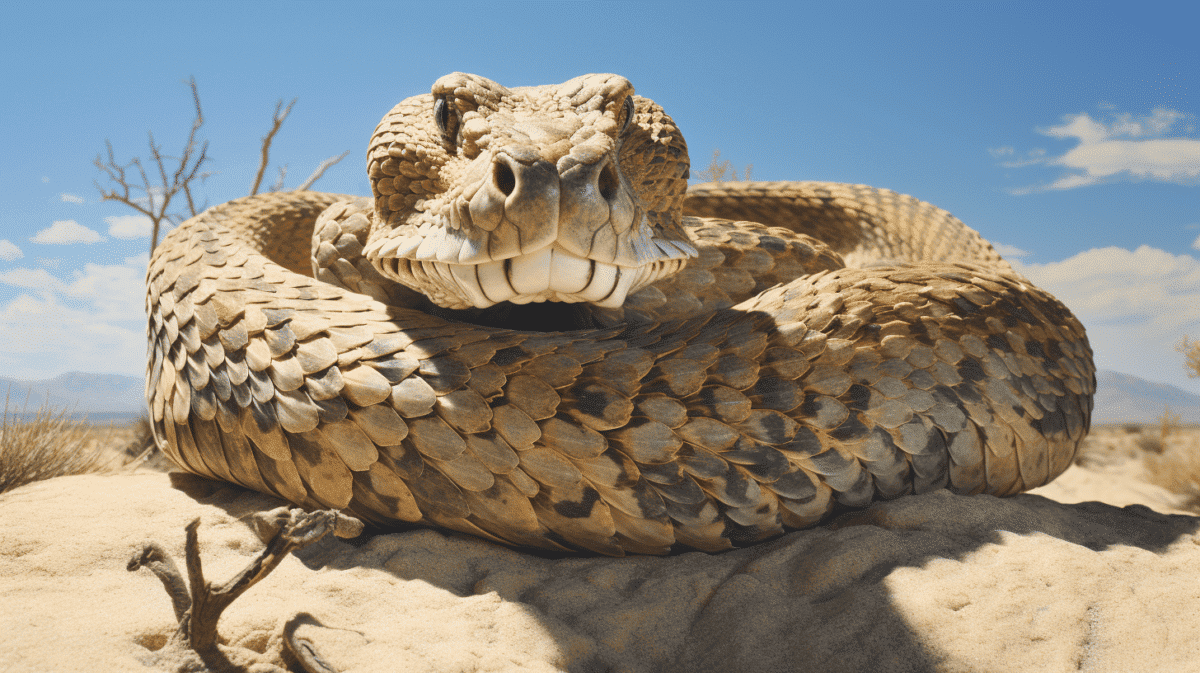
Mojave Rattlesnake.
Image generated by Animals Around the Globe using Midjourney
Most venomous snakes in the U.S. are solitary, except during breeding season or when hibernating.
9. Temperature Sensitive
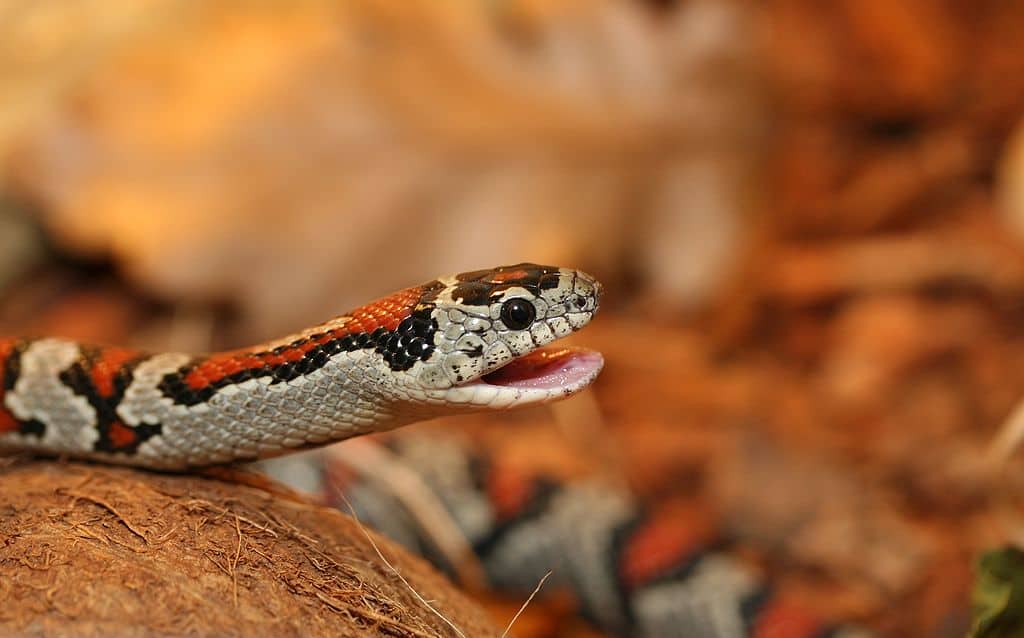
Mexican king snake. Image Via Chmee2, CC BY-SA 3.0 https://creativecommons.org/licenses/by-sa/3.0, via Wikimedia Commons
Venomous snakes are ectothermic, relying on external heat sources to regulate their body temperature.
10. Longevity in Captivity
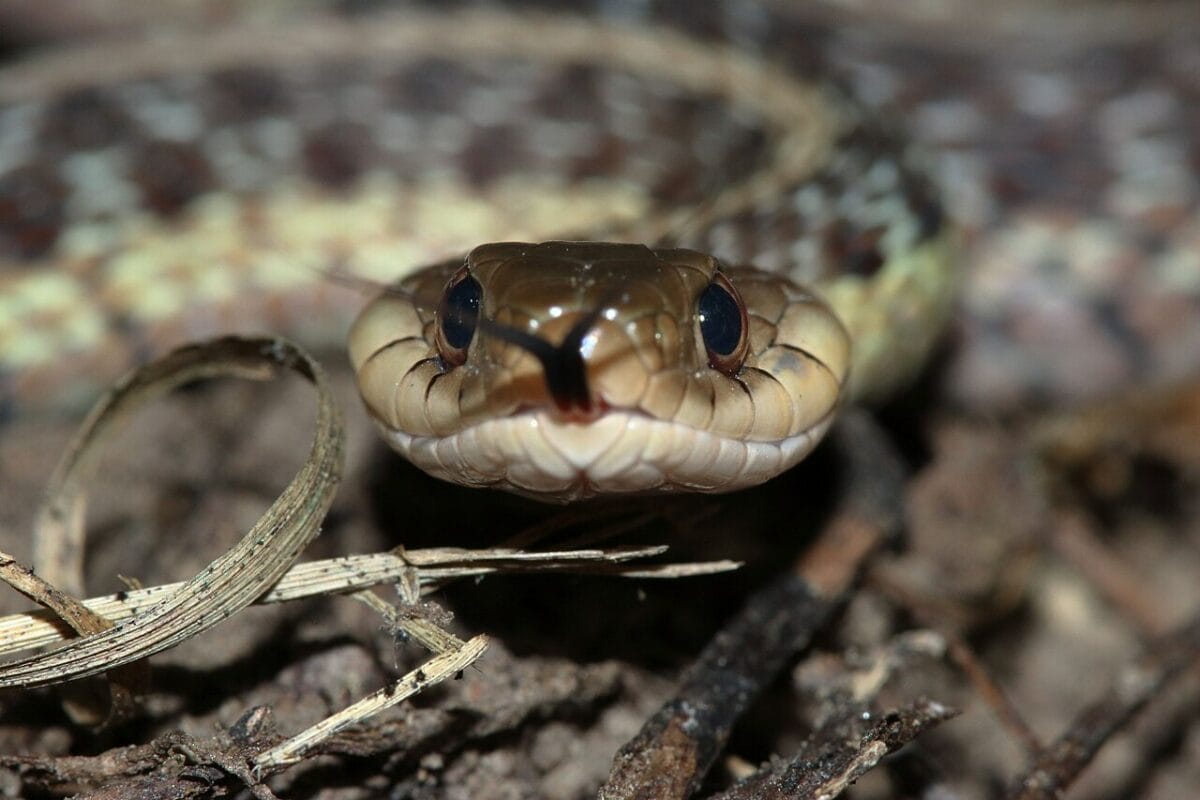
Garter snakes eat pest such as slugs. Riley Stanton, CC BY-SA 4.0 https://creativecommons.org/licenses/by-sa/4.0, via Wikimedia Commons
With proper care, some venomous snakes can live up to 25 years in captivity.
11. Ambush Predators
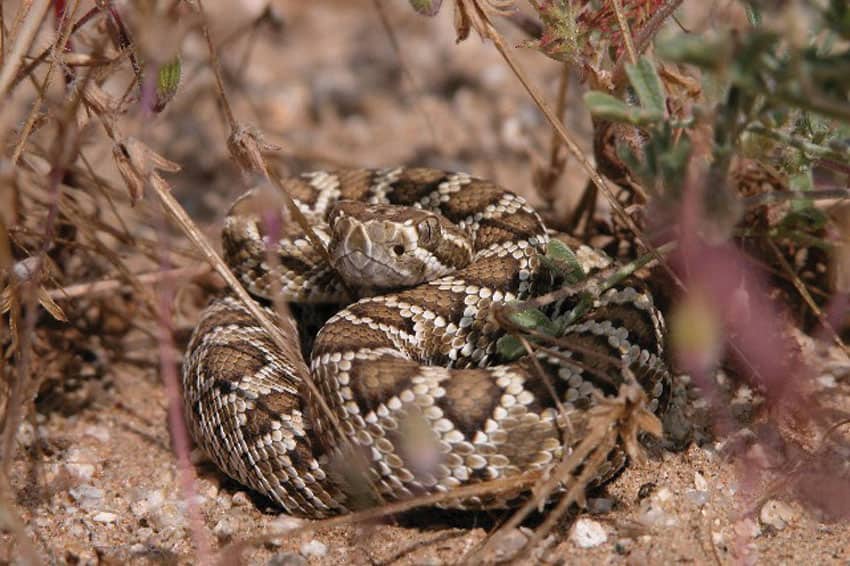
Photo by Mark Bratton, Public domain, via Wikimedia Commons
The Mojave rattlesnake, known for its extremely potent venom, often uses an ambush strategy to capture prey.
12. Limited Antivenom
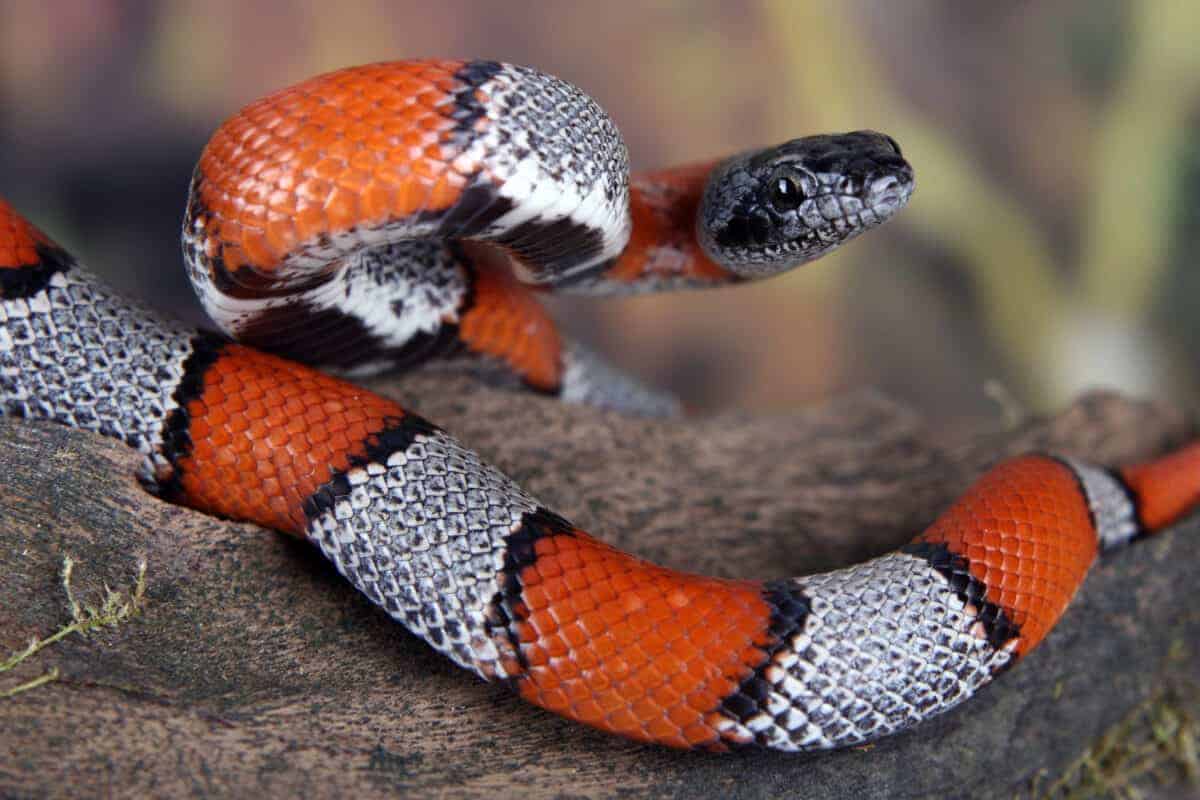
Coral Snake Image by erllre via depositphotos
Antivenom for bites from certain snakes like the coral snake can be scarce and expensive.
13. Climbing Skills
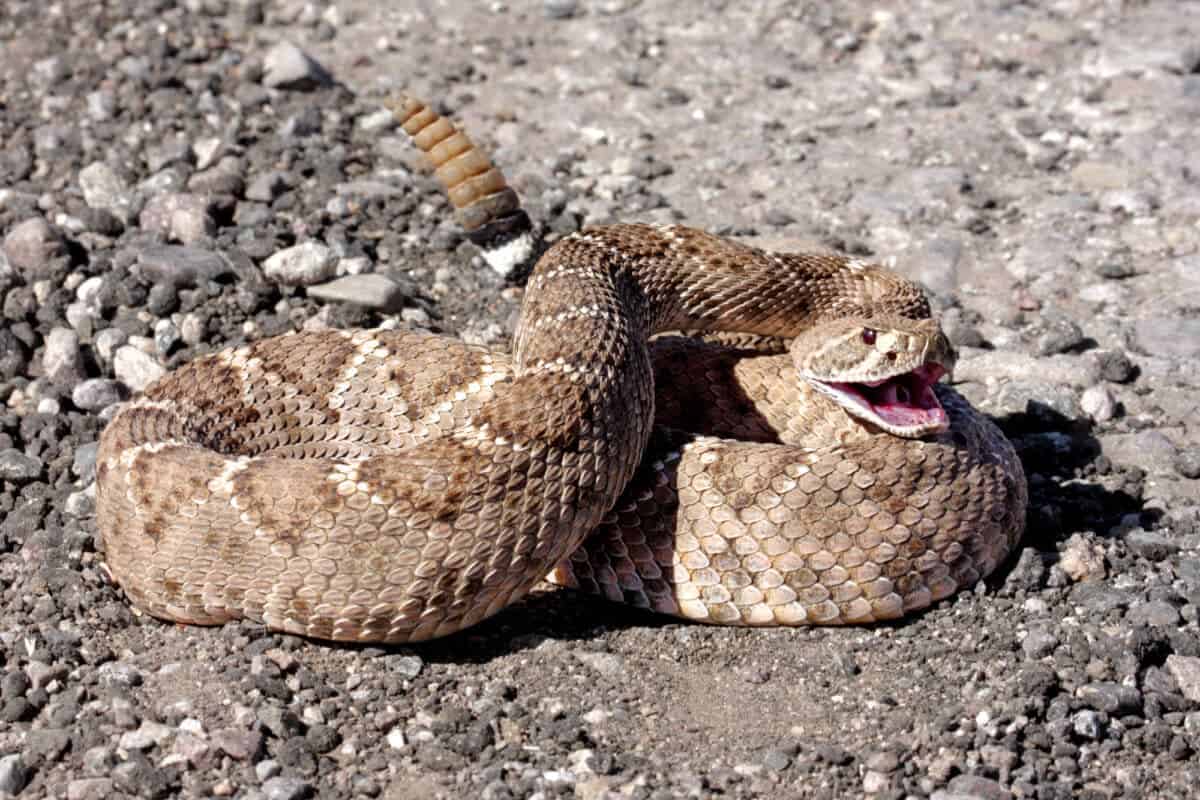
Western Diamondback Rattlesnake (Crotalus atrox) coiled to strike
The Eastern diamondback rattlesnake is an adept climber and can be found in trees hunting for birds.
14. Mimicry for Defense
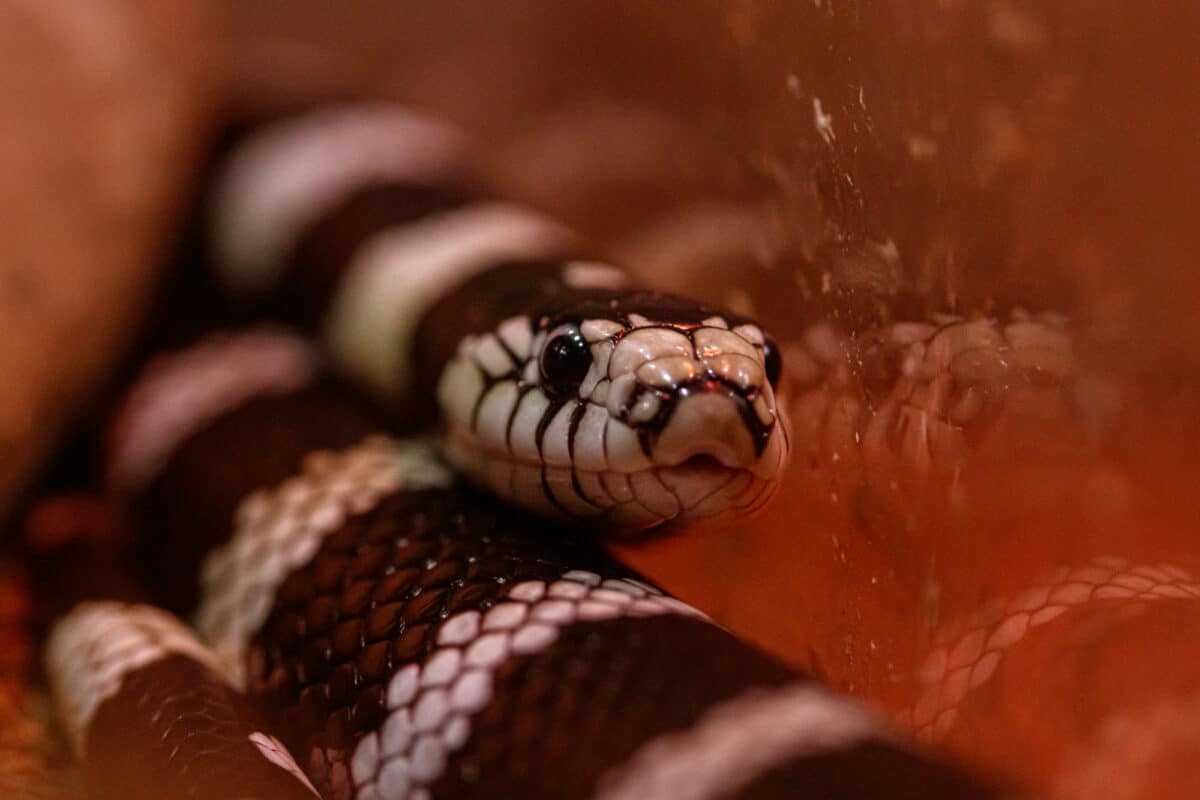
Macro beautiful california kingsnake snake close up. Image by Minakryn via depositphotos.com
Non-venomous scarlet kingsnakes mimic the appearance of the deadly coral snake as a defense mechanism against predators.
15. Birth Methods
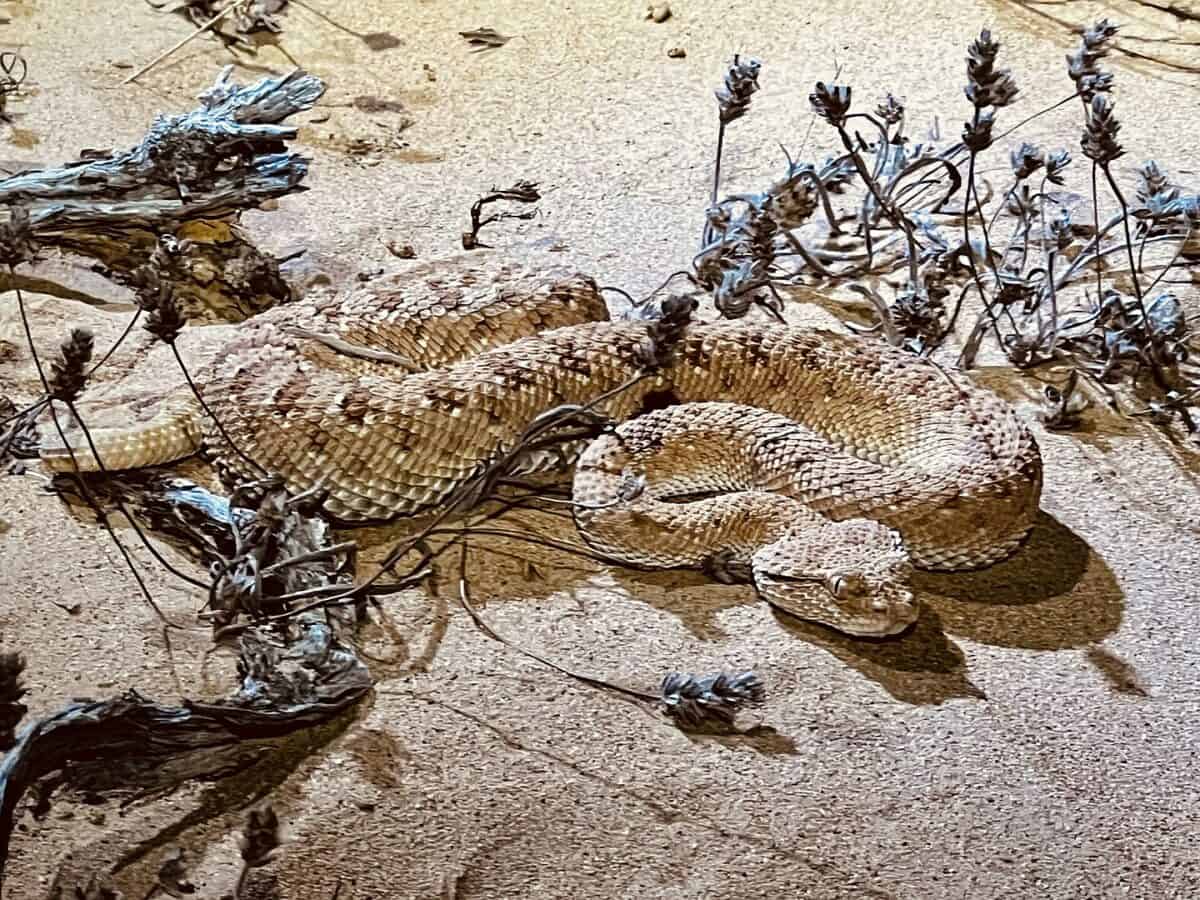
Horner Viper observed in desert area of Umm Al Quawain. Image via Lxs – Own work, CC BY-SA 4.0, https://commons.wikimedia.org/w/index.php?curid=133140999
Unlike many snakes that lay eggs, vipers, including rattlesnakes, give birth to live young.
16. Heat Vision
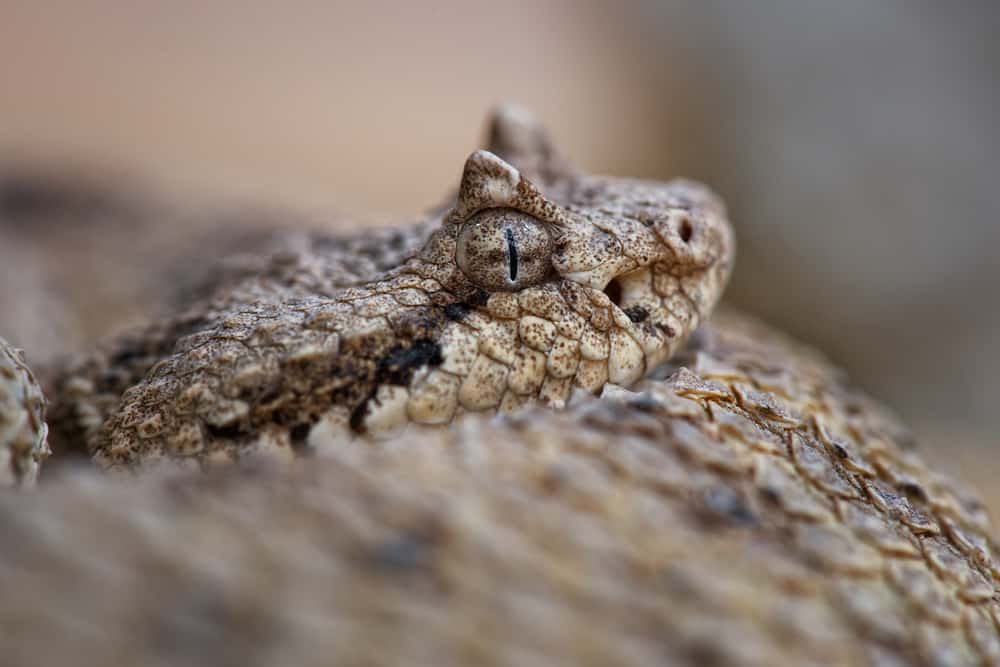
Sidewinder – Crotalus cerastes, inconic venomous rattlesnake from desert regions of the southwestern United States and northwestern Mexico. Image via Depositphotos
Pit vipers, including rattlesnakes, have heat-sensing pits that allow them to detect warm-blooded prey even in total darkness.
17. Survival Without Food
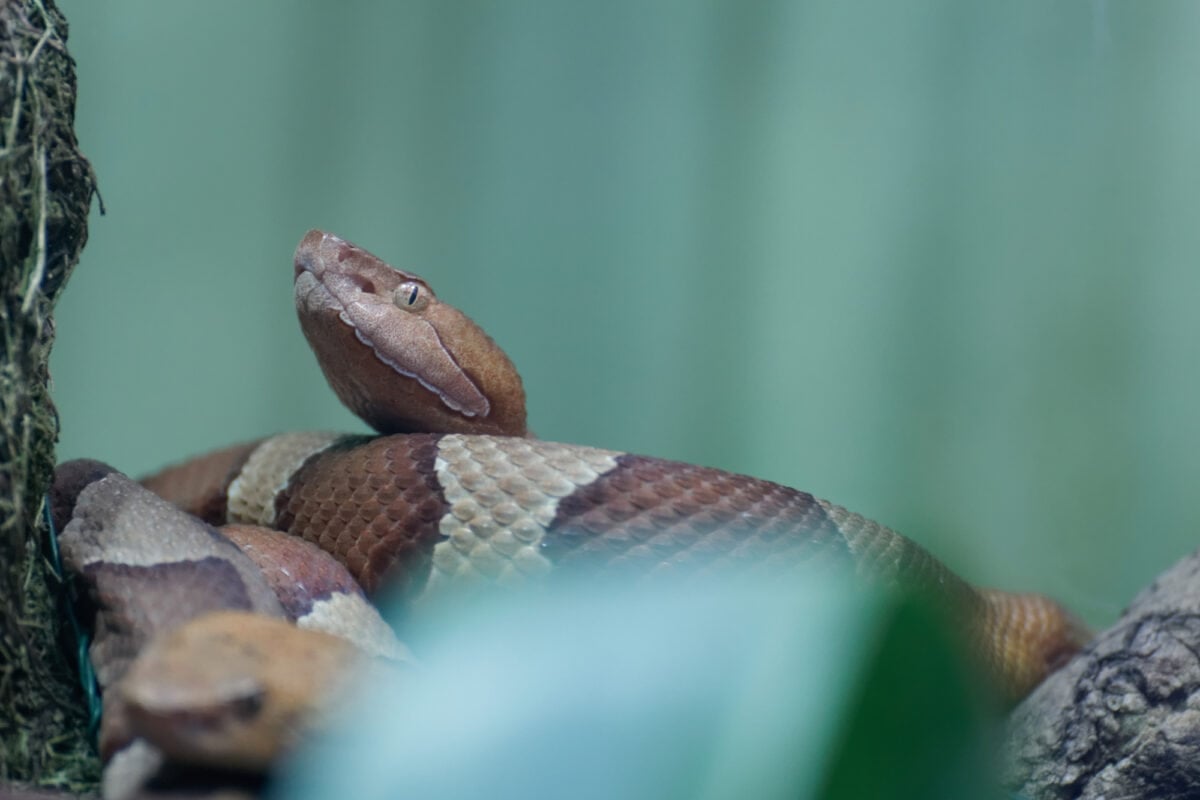
Copper head snake with its head raised. Image via Deposit Photos
Some venomous snakes can survive for up to two years without food by slowing their metabolism.
18. Variable Venom
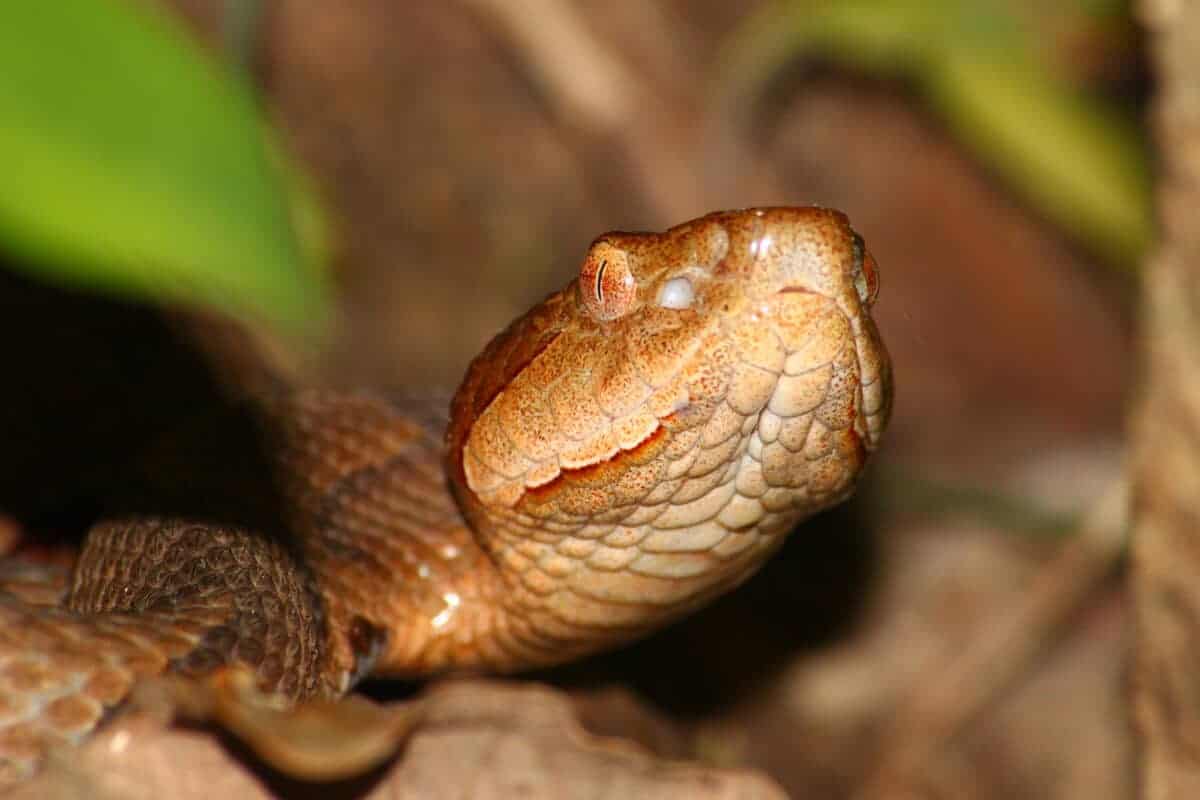
A venomous Copperhead (Agkistrodon contortrix) snake at Monte Sano State Park in Alabama.
The potency of a snake’s venom can change depending on the time of year and the snake’s nutritional status.
19. High Altitude Residents
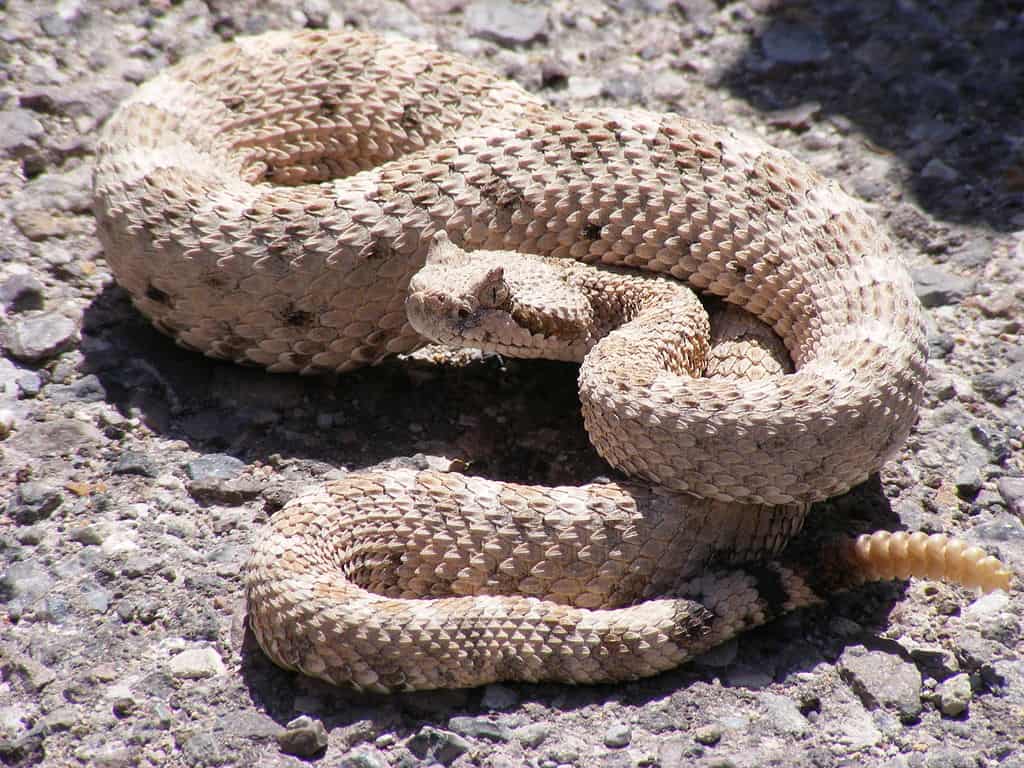
A rattlesnake in Death Valley, California. Image via Tigerhawkvok (talk · contribs), CC BY-SA 3.0 https://creativecommons.org/licenses/by-sa/3.0, via Wikimedia Commons
The rock rattlesnake lives in elevations as high as 9,500 feet in the southwestern United States.
20. Desert Adaptations
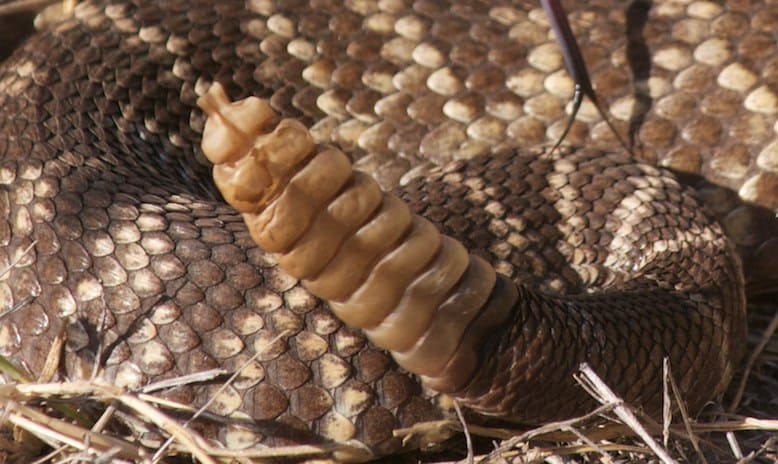
Rattle of a rattlesnake. Laura Camp from San Juan Capistrano, CA, CC BY-SA 2.0, via Wikimedia Commons
Sidewinder rattlesnakes have adapted to desert life with unique sideways locomotion that minimizes contact with hot sand.
21. Safety in Numbers
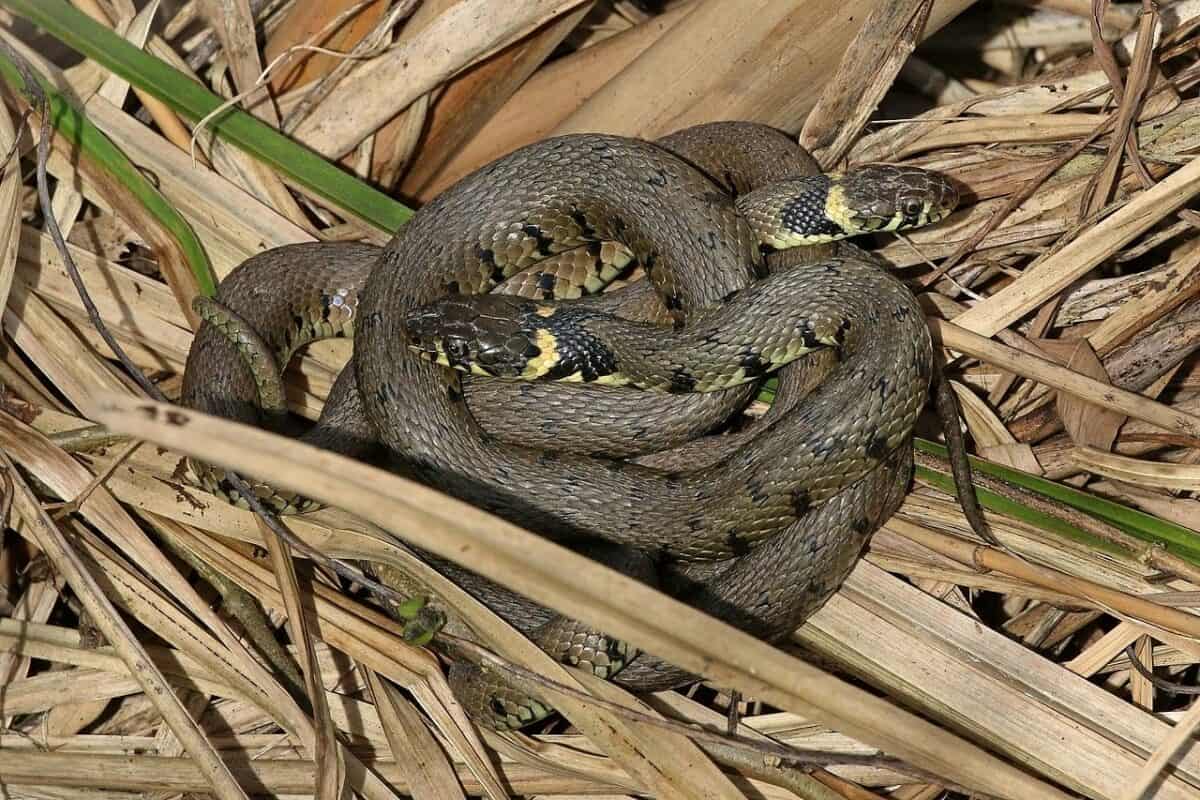
Image of grass snakes. Image via Charles J. Sharp, CC BY-SA 4.0 https://creativecommons.org/licenses/by-sa/4.0, via Wikimedia Commons
During winter, some species of venomous snakes hibernate together in large numbers to maintain body heat.
22. Fanged Warning

A closeup of a juvinal cottonmouth poses for pictures on a large rock, and keeps a wary eye on his surroundings. Image via Depositphotos
The cottonmouth snake, when threatened, opens its mouth wide to display its fangs as a warning before it strikes.
23. Rare Sightings
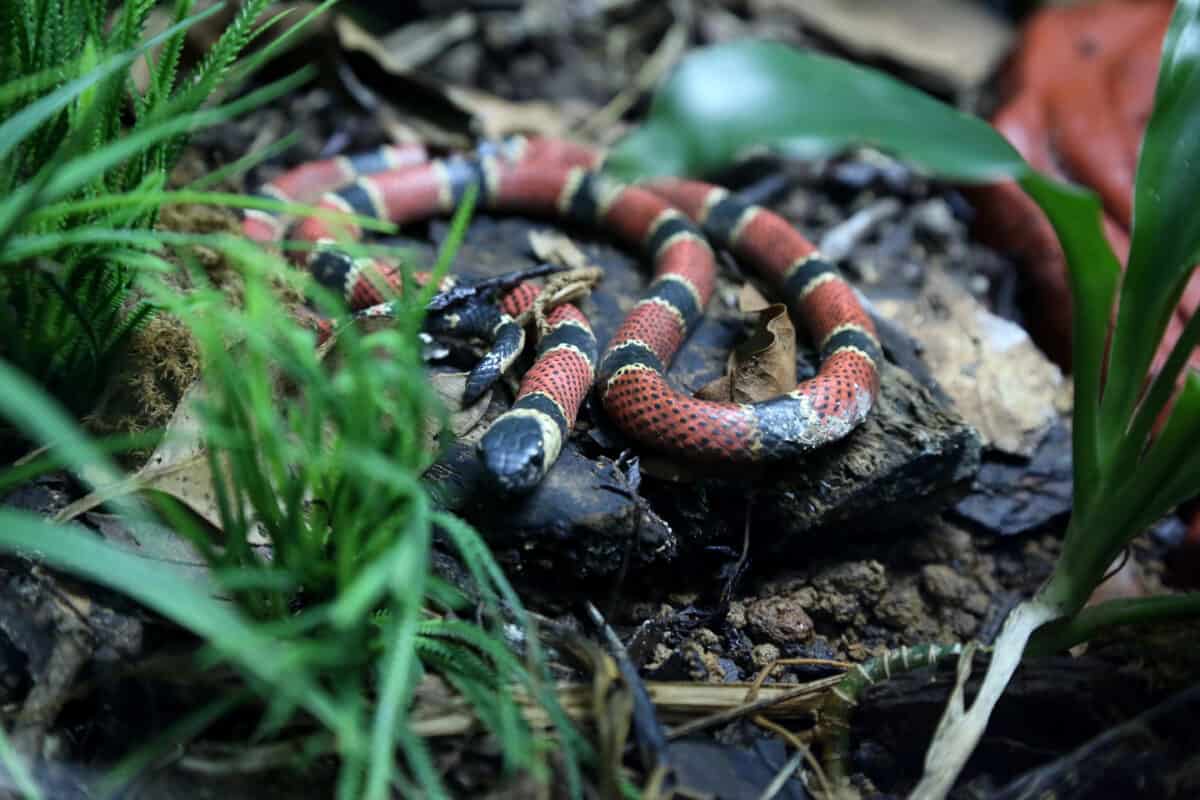
The Eastern coral snake is often hidden underground and is rarely seen by humans despite its bright colors.
Understanding Venomous Serpents
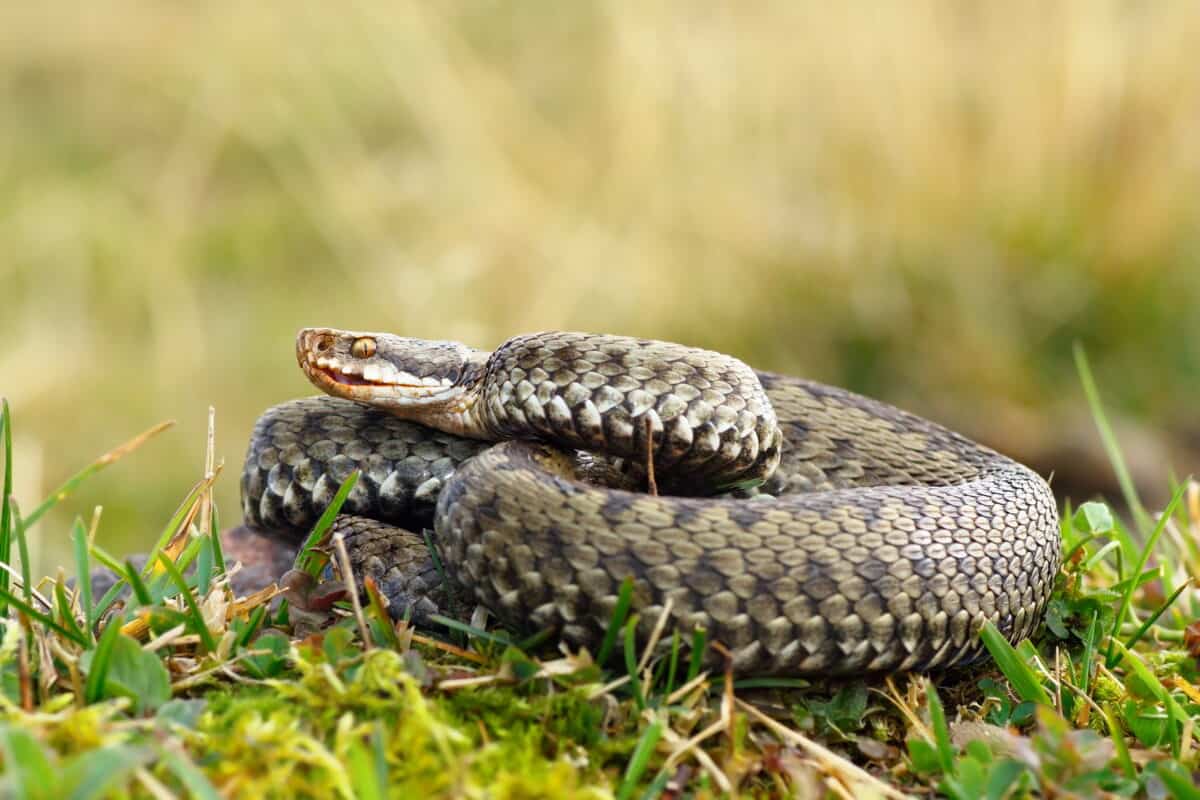
As we move from discussing the unique abilities of rattlesnakes to the intriguing characteristics of other venomous snakes, let’s dive deeper into the diverse world of these fascinating reptiles. Each species not only contributes to the rich tapestry of North American wildlife but also offers unique insights into the complexity of nature’s design. Continue with us as we explore more intriguing facts about the venomous snakes across the United States, including the distinct and colorful coral snake.
How can you hear a rattlesnake’s warning from a distance?
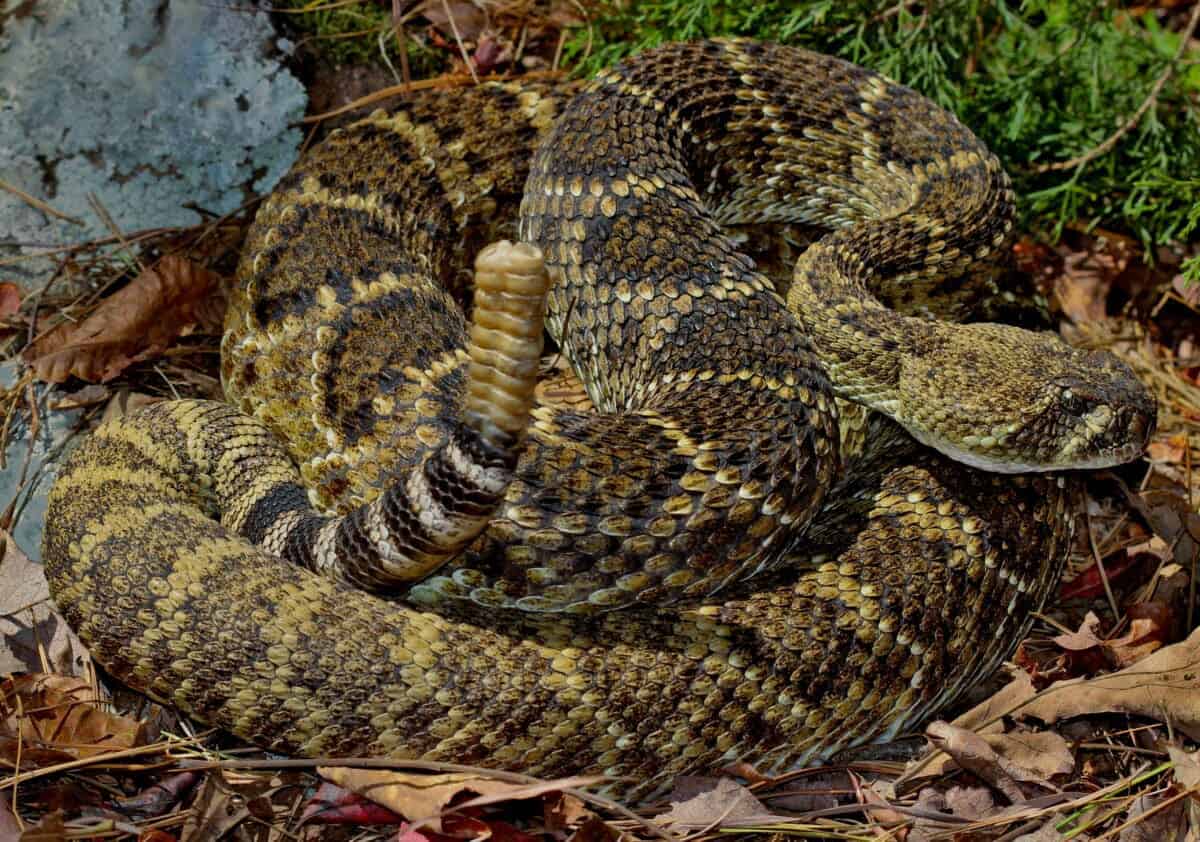
Rattlesnakes use their distinctive tails to create a buzzing sound that can be heard up to 60 feet away, serving as a warning to potential threats to stay away.
What makes coral snake venom so dangerous?

Coral snake venom contains neurotoxins that can immobilize a victim almost instantly, making it one of the most potent venoms due to its rapid effect on the nervous system.
Why do copperheads hunt at night?

Copperheads utilize their heat-sensing pits to detect and track warm-blooded prey in the dark, taking advantage of the cooler night temperatures and reduced visibility to ambush their prey.
Can cottonmouth snakes swim?
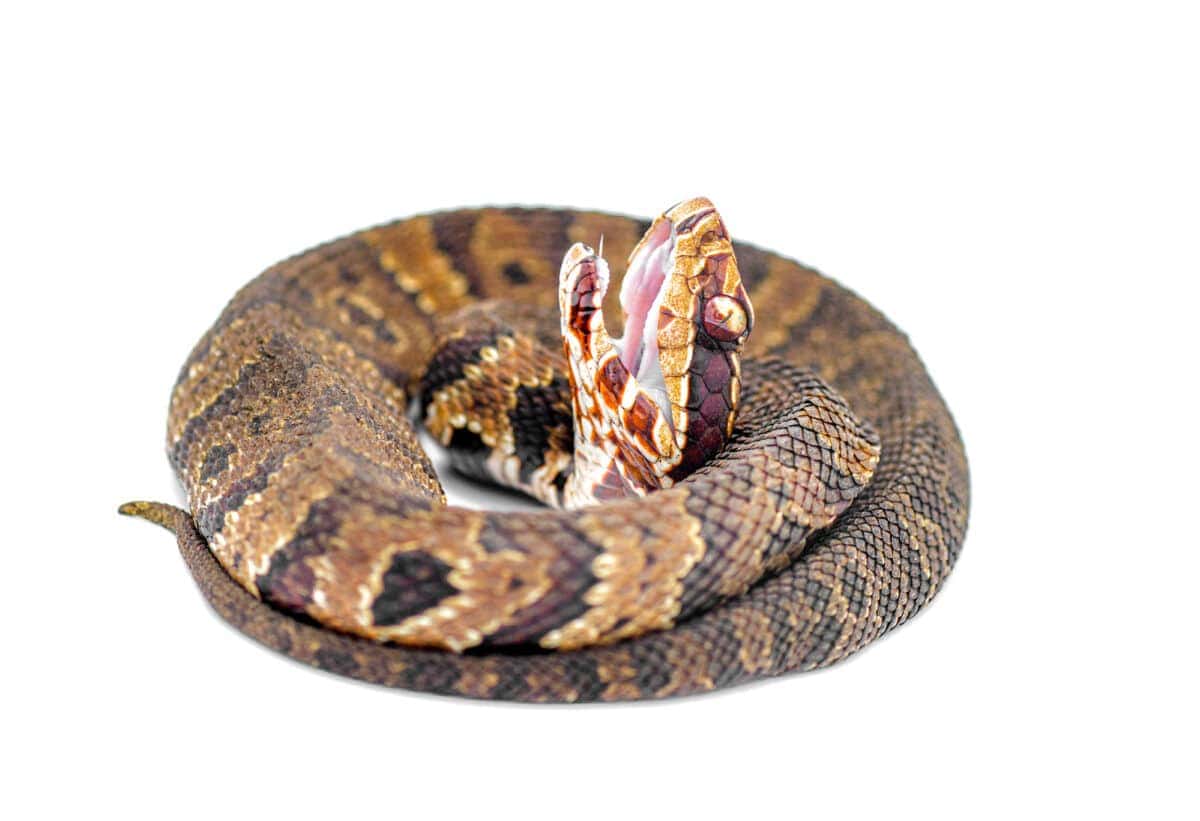
Yes, cottonmouths, also known as water moccasins, are excellent swimmers and are often found hunting or escaping predators in freshwater environments across the Southeastern United States.
What is the striking range of a black diamond rattlesnake?

The black diamond rattlesnake can strike at a distance up to two-thirds of its body length, allowing it to reach out and bite a threat or prey from a considerable distance.
How unique is snake venom?

Each venomous snake in the U.S. has a unique venom composition, which can even vary among individuals of the same species depending on their diet, habitat, and other environmental factors.
How can you identify an Eastern coral snake?
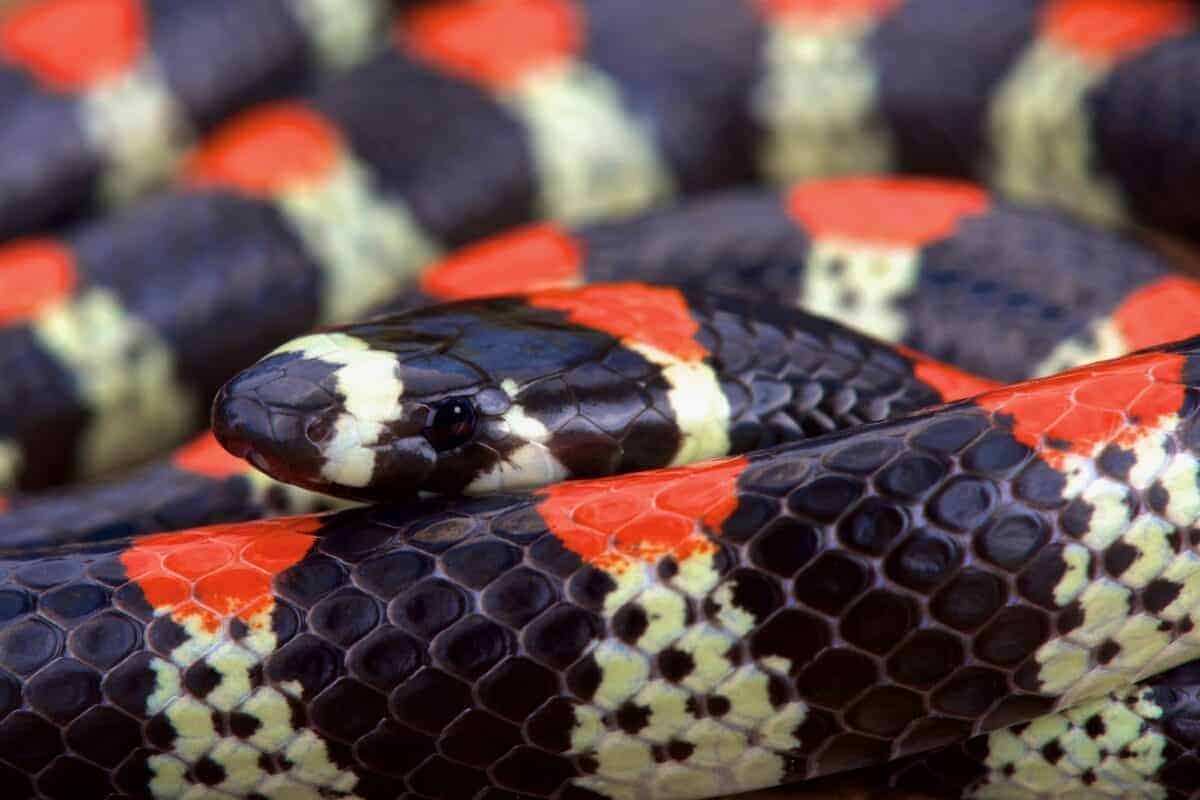
The Eastern coral snake is easily identifiable by its vibrant colour pattern consisting of red, yellow, and black bands, which serve as a warning signal to potential predators of its venomous nature.
Let me knwo what you thought about these 23 Facts About Snakes in the comments!
Next Up:
60 Fun Facts About US Animals You Probably Didn’t Know
30 Spiders Found in Florida & What Would Happen If They Bite You
Join our Forum for free today!

- 400-Pound Therapy Llamas named Beni and Prince Ease Travelers’ Stress at Portland International Airport - July 22, 2024
- Woman Captured Howling with Gigantic White Wolf in Beautiful Footage - July 22, 2024
- Florida Police Urge Public to Stop Taking Selfies with ‘Depressed’ Black Bear off Highway 98 in Santa Rosa Beach - July 22, 2024

